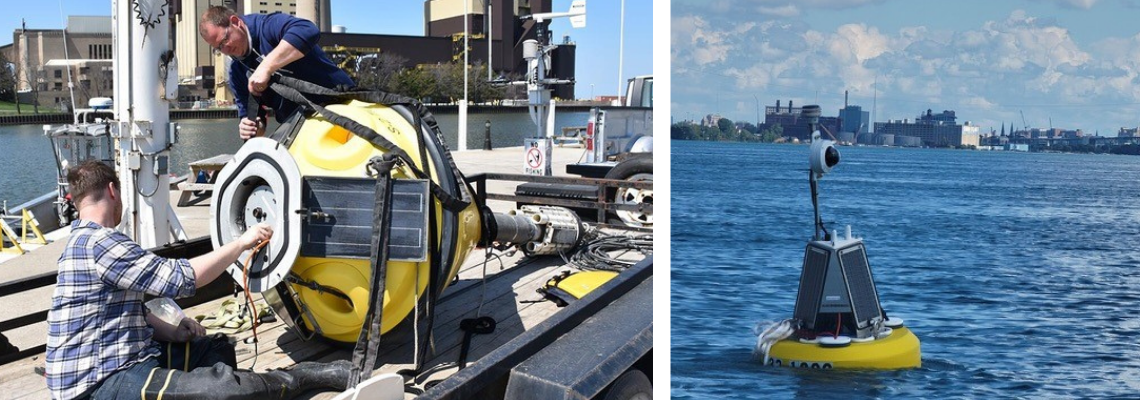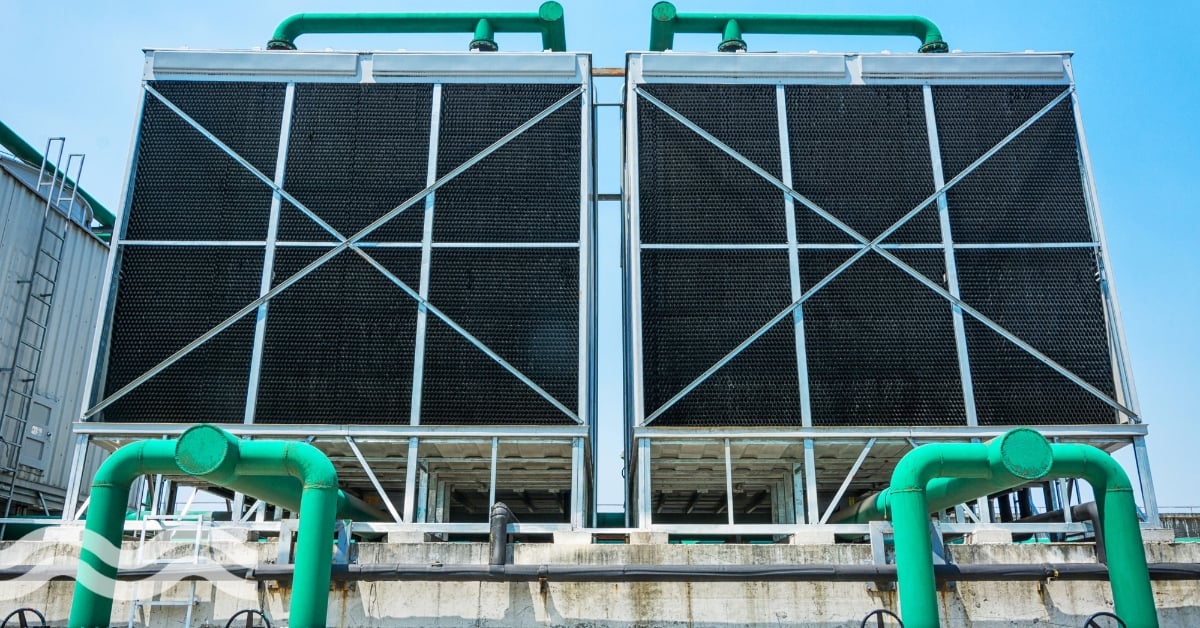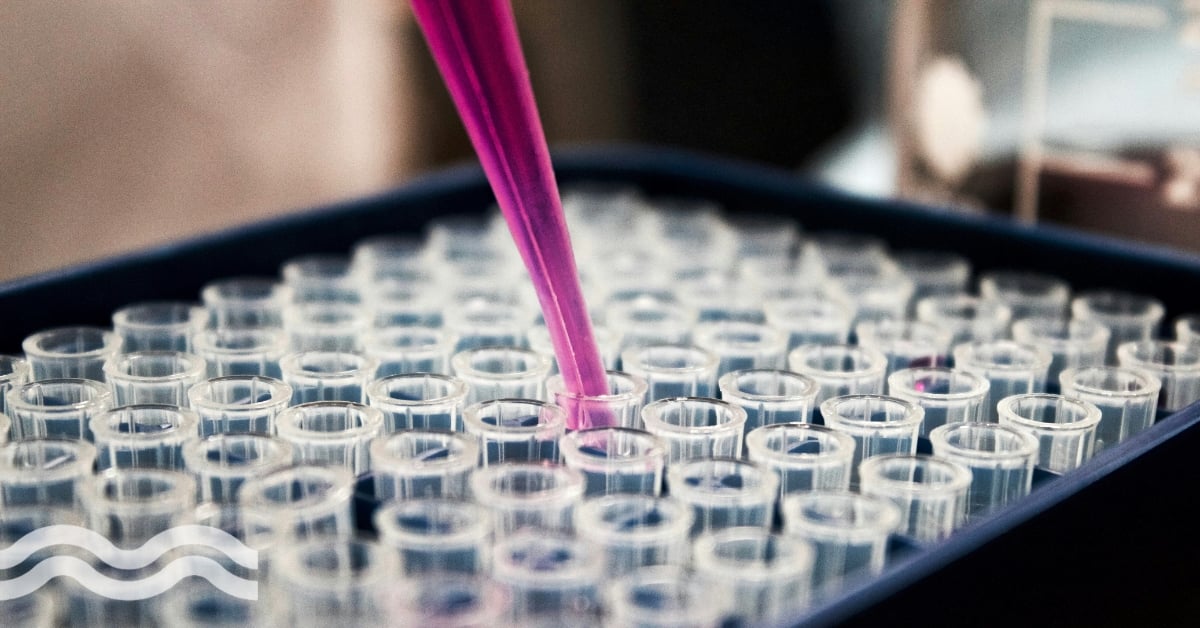Oh buoy: new monitoring system helps Great Lakes get ahead of algal blooms

A new algae monitoring buoy has been deployed in the Detroit River to better track the water quality as Michigan looks to get ahead of algae.
A floating watcher
The Great Lakes Water Authority (GLWA), in partnership with LimnoTech and the University of Windsor are now monitoring the water quality of the Detroit River with a new buoy from the Real-Time Aquatic Ecosystem Observation Network (RAEON).
The RAEON buoy is equipped with a camera that provides 20-second video clips every 10 minutes and can serve as an early warning for changing water quality.
Currently, one buoy has been deployed on the southwest intake of the Detroit river and monitors oxygen reduction potential, conductivity, temperature, pH levels, total algae and more.
The buoy’s sensor can monitor both the physical parameters such as wind speed, water temperature, and chemical and biological parameters.
“The buoys give us a new tool in monitoring, and reporting to the public, the conditions on the Great Lakes.”
The buoy measures various physical and biogeochemical parameters that help take the pulse of the ecosystem’s health.
“The buoys give us a new tool in monitoring, and reporting to the public, the conditions on the Great Lakes,” said Andrew Barnard, director of Michigan Technological University’s Great Lakes Research Centre.
"Their small size, relatively low cost and ease of deployment make them attractive solutions for difficult locations, like at Stannard Rock or at Isle Royale."
No threat... Yet
As a result of climate change and the warming of the Great Lakes, Michigan is experiencing more harmful algae blooms every year and increasing rain, which results in increased runoff and sewer discharge.
As a result, the GLWA is taking a proactive stance and deploying the buoys as a predictive method rather than a reactionary one.
“Working with our partners to collect this data is critical for monitoring and assessing source water quality and proactive management before any issue is detected,” said Dr John Norton, Jr., the director of energy, research and innovation at the GLWA.
Michigan is experiencing grater harmful algae blooms each year due to the warming of the Great Lakes.
Other factors such as more total and intense precipitation, increased runoff and combined sewer discharge and increased nutrient loading are all contributing to algae growth.
The Detroit River currently provides drinking water to nearly 3.8 million, or 40 percent of the state of Michigan.
More predictive, less reactionary
The US could be accused of being more reactionary rather than predictive in recent years when it comes to its algae blooms.
The Illinois River basin, which includes nearly 30,000 square miles from southeast Wisconsin to northwest Indiana, carries the largest phosphorus load in the state and is among the sites chosen by the United States Geological Survey for a major monitoring effort to improve water science.
"If we can advance the science to the point where we can be a little more predictive and less reactionary, that would be a win."
Phosphorus is a primary driver of algae blooms, which can end up in waterways from sewage treatment plants or after farm fertilizer and manure is washed away, especially during storms.
A phosphorus and nitrogen tracker was placed in the basin to better understand the algae present in the water and is being used in the research to better predict algae blooms.
"If we can advance the science to the point where we can be a little more predictive and less reactionary, that would be a win,” said James Duncker, a hydrologist for the United States Geological Survey


